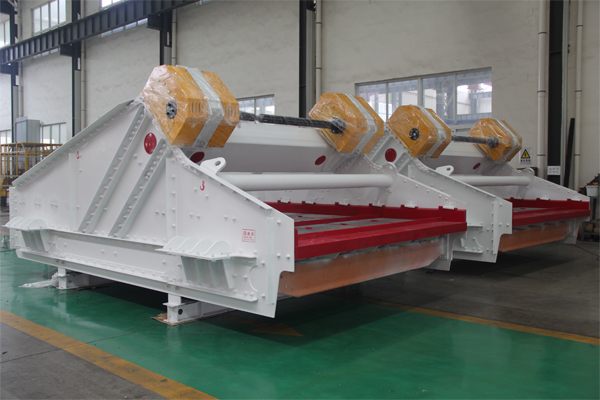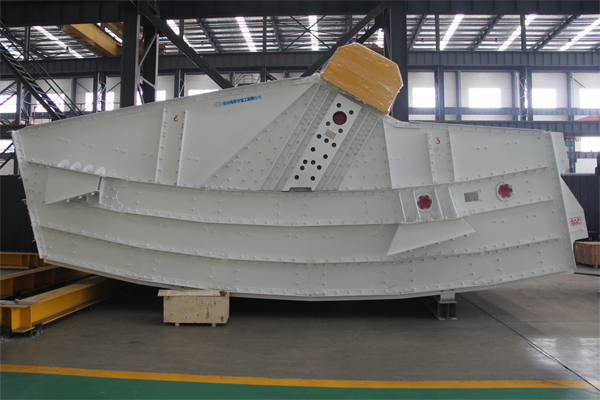Choosing the correct mesh size for a linear vibrating screen is crucial for achieving the desired product separation and throughput. The primary factors to consider are the characteristics of the material being screened, the required separation size, and the vibrating screen’s performance capabilities.
How to choose the mesh size of a linear vibrating screen

Material Characteristics
The properties of the material you are screening have the biggest impact on mesh size selection.
Particle Size and Distribution: The most important factor. The mesh size must correspond to the particle size you want to separate. Use a sieve analysis to determine the particle size distribution of your feed material. The mesh size should be slightly larger than the particle size you wish to retain (the “oversize” material) and slightly smaller than the particles you want to pass through (the “undersize” material).
Moisture Content: If the material is wet or sticky, it can blind or clog the screen openings. For high-moisture materials, a coarser mesh or one with a special anti-blinding design (like a polyurethane screen) may be necessary to prevent blockages, even if a finer mesh would otherwise be ideal for the desired separation.
Particle Shape and Density: Materials with different shapes, like flat or elongated particles, can be harder to screen and may require a larger mesh opening to prevent them from getting stuck. Denser materials may require a different vibration amplitude or frequency to ensure proper stratification on the screen deck, which in turn affects the optimal mesh size.

Desired Separation and Throughput
Your project’s goals directly influence the mesh size.
Screening Accuracy: The desired level of precision in the final product is key. If you need a very precise separation, you may need a finer mesh and a slower feed rate. This increases efficiency but can decrease overall capacity.
…
More detailed information on how to choose the mesh size of linear vibrating screen can be found here: https://www.hsd-industry.com/news/selection-of-mesh-size-for-linear-vibrating-screens/


